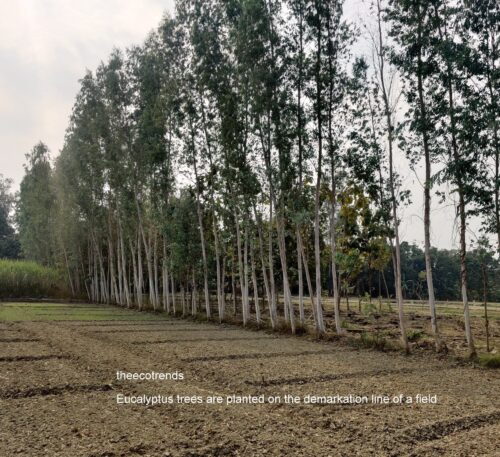The application of scientific knowledge for practical purposes, especially in industry, is called as technology.
The term technology is a combination of the Greek technē, “art, craft,” with logos, “word, speech,” meant in Greece a discourse on the arts, both fine and applied.
It was used to mean a discussion of the applied arts only, and gradually these arts themselves came to be the object of the designation in the 17th century in English. A growing range of means, processes, ideas, tools and machines etc were incorporated in technology by the early 20th century.
The technological activity in the 20th century incorporated following activities-
• Different objects like tools, machines, instruments, weapons, and appliances etc.
• The know -how behind the new innovations
• Activities, skills, procedures, and methods
• New innovations that were developed due to sociological needs
• Socio-technical developments
By mid-century, technology was defined as “the means or activity by which man seeks to change or manipulate his environment.”
Even such broad definitions were severely criticized by a number of learned people because they were of the opinion that a vast difference existed between scientific inquiry and technological activity.
The developments in modern times have reduced physical barriers to communication. It has facilitated humans to interact freely on global levels.
The technology is useful for speedy development but all types of technologies are not used for peaceful purposes. Developments of armaments and destructive weapons are some technological developments that can destroy life and the environment.
Technology has affected society and its surroundings in a number of ways. In many societies, technology has helped develop more advanced economies (including today’s global economy) and has allowed the rise of a leisure class.
Many technological processes produce unwanted by-products, known as pollution, and deplete natural resources, to the detriment of Earth’s environment.
Various implementations of technology influence the values of a society and new technology often raises new ethical questions. Examples include the rise of the notion of efficiency in terms of human productivity, a term originally applied only to machines, and the challenge of traditional norms.
Phases of technological developments
There are three phases of development of technology- invention, innovation and diffusion.
The invention is a process which incorporates wide range of ideas, material things, and human behaviour in new systematic ways.
Invention has three basic steps- recognition of a problem, assembling and manipulating the available information, acts of individual insight, and the process of critical revision.
The innovation is something original, new, and important in whatever field that breaks in to a market or society. It is the application of better solutions that meet new requirements, in-articulated needs, or existing market needs. This is accomplished through more effective products, processes, services, technologies, or ideas that are readily available to markets, governments and society.
The spread of innovations among potential users is called as diffusion.
Types of Technology
There are many different types of technologies or technological models- such as Low-tech, Hi-tech, alternative, intermediate, appropriate, blended, hard, and soft technologies.
1. Low -tech are small scale technologies that don’t need any complex infra-structure. These are usually simple to use and low-cost technologies. These are labour- intensive and easy to operate.
2. Hi-tech are rather sophisticated technologies requiring complex infra-structure. Development and application of these technologies require technical expertise. These are usually difficult to operate and cost- effective to purchase. These technologies are based on automatic and semi-automatic machines.
3. Alternate technologies represent viable alternatives to pre-existing mainstream technologies. Technology for the use of renewable energy sources is an example of alternate technology.
4. Intermediate technology is the technology which is characterized by half modern and half traditional. Though these technologies are machine based, these involve human efforts as inputs as important component. These technologies combine sophisticated ideas with cheap and readily available materials.
This type of technology involves the kind of tools and simple machines that poor farmers and other rural people can afford to buy, or can learn to make, to become better able to support themselves and be self-sufficient
5. Small-scale, decentralized, labour-intensive, energy-efficient, environmentally sound, and locally controlled technologies are called as appropriate technologies.
These technologies are most commonly discussed in their relationship to economic development and as an alternative to transfers of capital-intensive technology from industrialized nations to developing countries.
Appropriate technology has been used to address issues in a wide range of fields. Well-known examples of appropriate technology applications include: bike- and hand-powered water pumps, self-contained solar-powered light bulbs and streetlights, and passive solar building designs.
Today appropriate technology is often developed using open-source principles, which have led to open-source appropriate technology (OSAT).
6. Blended technology is the form of appropriate technology which remains according to the norms and values of local cultural traditions. A technology developed by local people to facilitate their lives as per their traditions and culture is called as blended technology. It often incorporates more than one pre-existing technologies.
7. The technology which is for hard machines and equipments is called as hard technology. This is based on the techniques and principles of engineering. Hard technology generally refers to high-level technology that would have a large impact on a low-technology community/ecosystem were it is to be implemented.
8. Soft technologies are technologies that originated from knowledge of social sciences including technologies of business, consulting, education, and tools derived from finance, incubator technology and system technology. These may also be the technologies originated from knowledge of the natural sciences with the features of soft, such as software technology, network technology, artificial intelligence etc.
The categories of technologies described above may differ from differing points of views. A technology may remain under some different category not mentioned here like traditional technology, indigenous technology, modern technology, old technology and so on.




